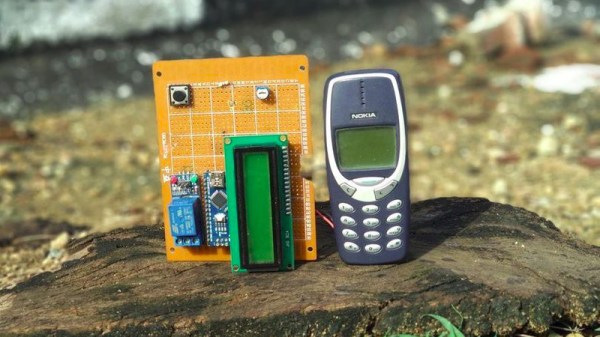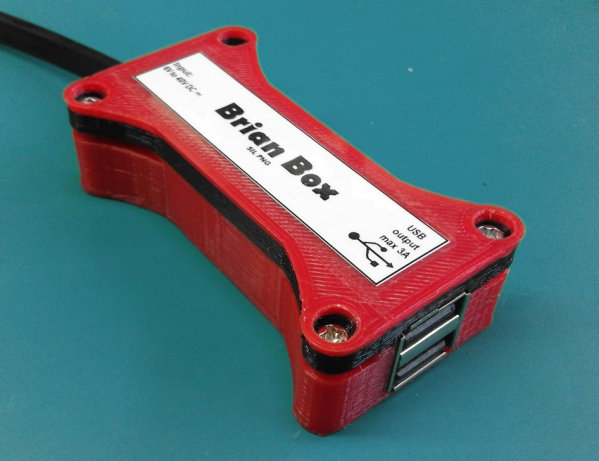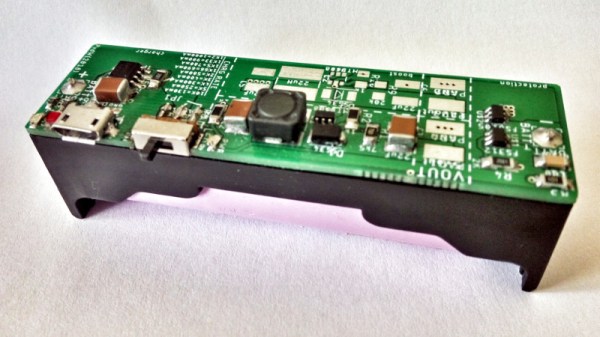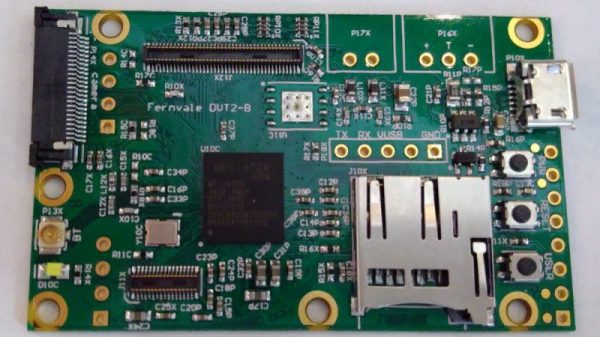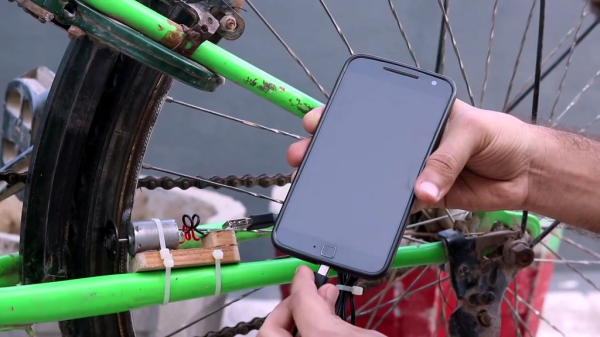With mobile phones now ubiquitous for the masses in much of the world for over two decades, something a lot of readers will be familiar with is a drawer full of their past devices. Alongside the older smartphone you’ll have a couple of feature phones, and probably at the bottom a Nokia candybar or a Motorola flip phone. There have been various attempts over the years to make use of the computing power the more recent ones contain through using their smartphone operating systems, but the older devices remain relatively useless.
[Vishwasnavada] has a neat plan though, using an ancient phone as a remote trigger device, by interfacing it with an Arduino. There are many ways this could be achieved depending on the model of the phone in question, but one thing common to nearly all devices is a vibration motor. Removing the motor and taking its power line to a GPIO allows the Arduino to sense when the phone is ringing. The idea then is that a call can be placed to the phone which is not picked up, but because it triggers the vibration motor it can be used to make the microcontroller do something remotely. A hack with limited capabilities then, but one that is cheap and simple, uses a recycled device, and should work almost anywhere populated on the planet given the global reach of 2G networks.
This isn’t the first respin of a classic Nokia we’ve brought you, they will also talk data.

